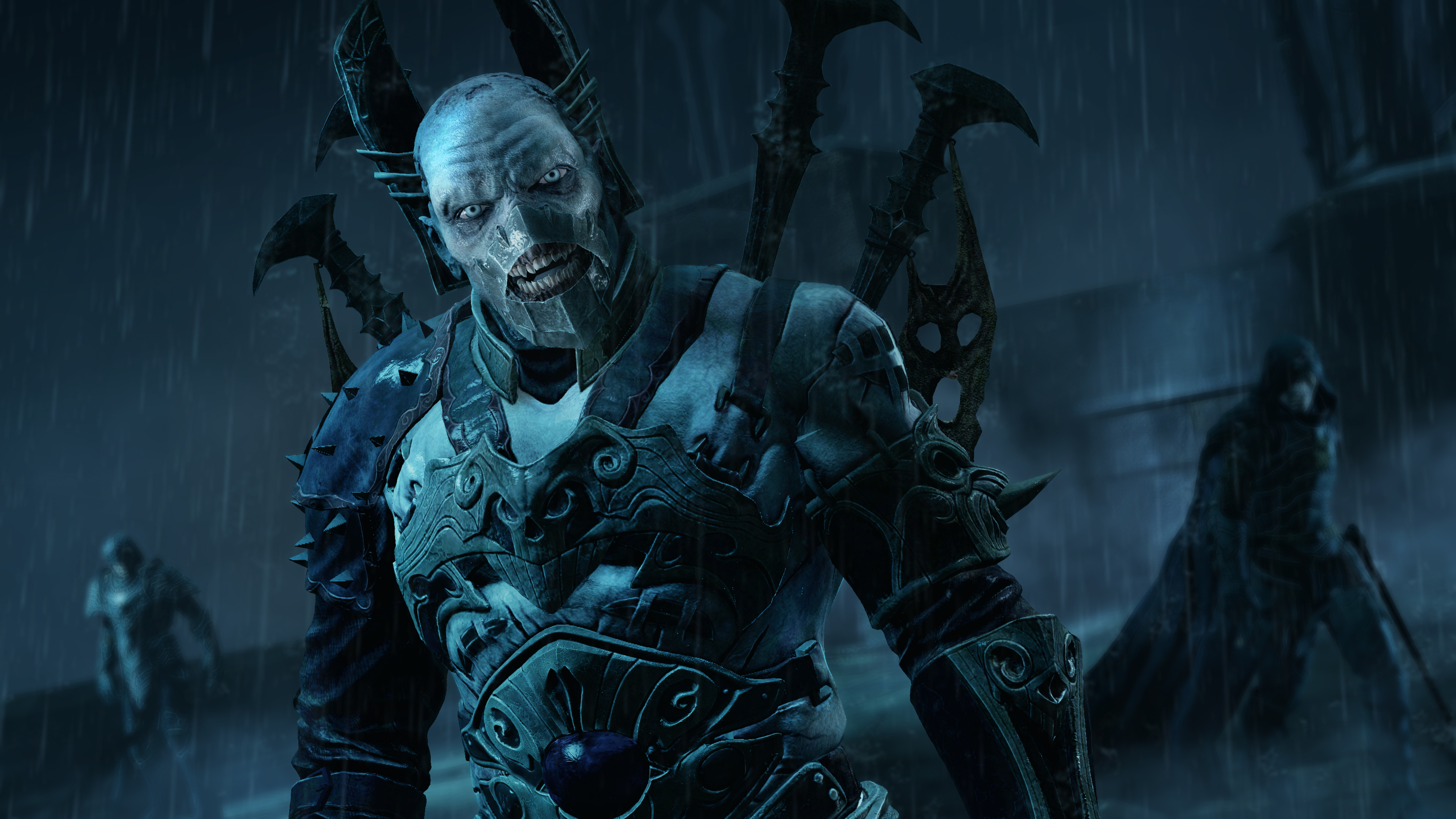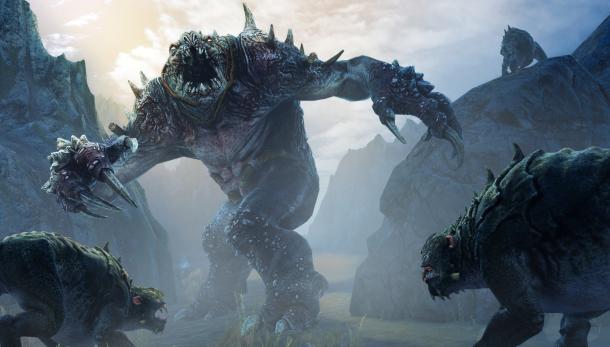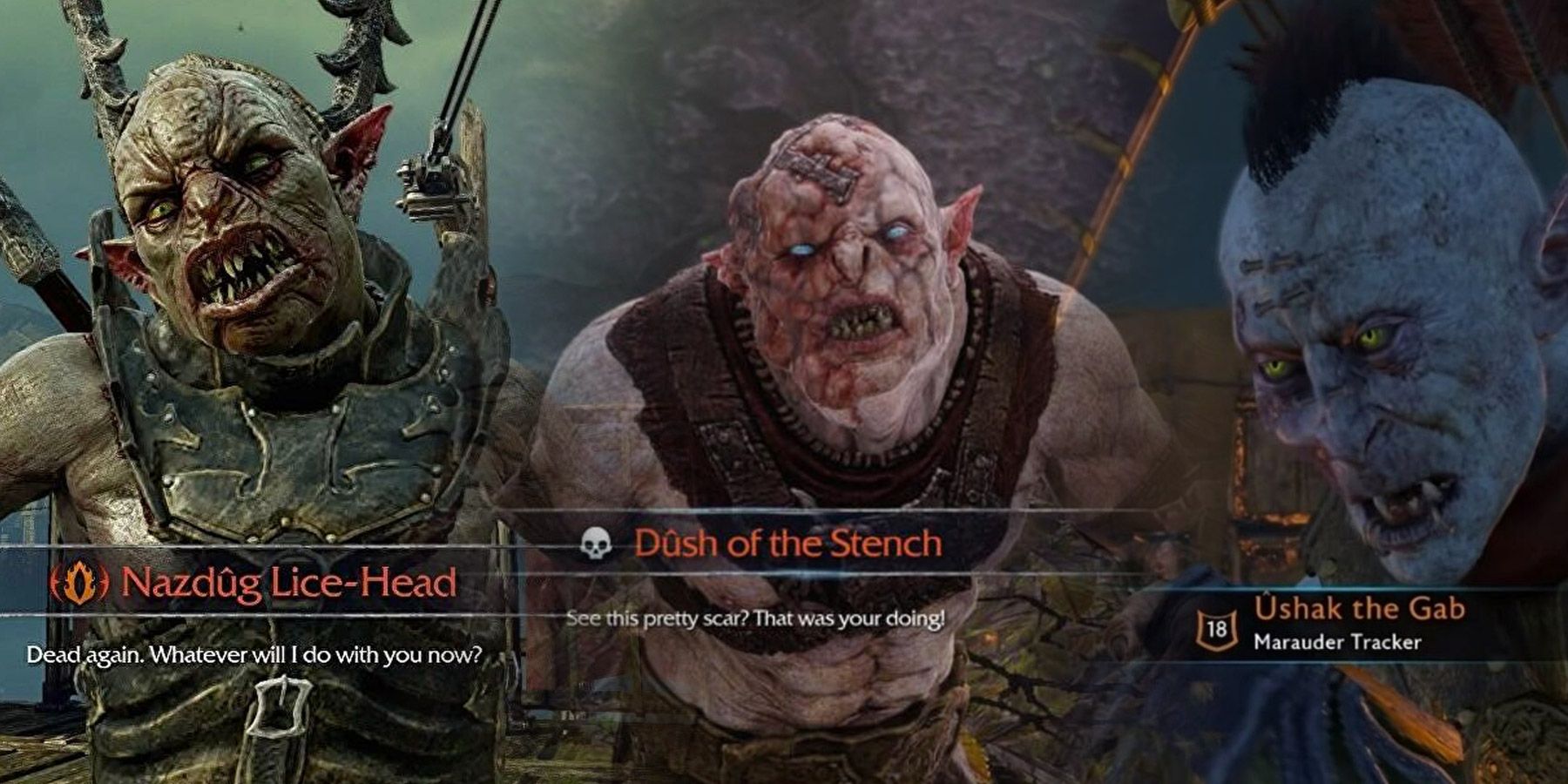In Middle-Earth: Shadow of Mordor, players navigate a treacherous landscape teeming with a diverse array of hostile creatures, presenting a rich and layered combat ecosystem. The enemies encountered range from the structured ranks of orc forces to the wild beasts that roam the land, each posing unique challenges.
Orcs and Uruks
At the forefront of the enemy hierarchy are the Orcs and Uruks, which are fundamental to the game’s combat system. They are categorized as follows:
– Standard Orc Grunts: These are the basic infantry of the orc army, engaging in straightforward melee combat. While not particularly strong on their own, they can quickly become overwhelming in numbers.
– Orc Captains, Warchiefs, and Overlords: These higher-ranking orcs are much more formidable, boasting unique abilities and specialized gear. Each class brings their own strategies to battle, with Captains often commanding groups of grunts while Warchiefs serve as influential leaders within the orc hierarchy.
– Specialized Orc Types: Within the ranks of the orcs, specialized roles such as Berserkers and Archers introduce further depth to combat. Berserkers can counter player’s attacks effectively, while Archers attack from a distance, making tactical positioning crucial for players.
Beasts and Monsters
In addition to the orc forces, players will encounter various native beasts and monsters that inhabit Mordor, each adding to the unpredictability of encounters:
– Caragors: These ferocious beasts hunt in packs, relying on their agility and pouncing ability to take down prey, including both orcs and players. They are a constant threat, requiring players to maintain awareness of their surroundings.
– Caragaths: Smaller and stealthier than Caragors, Caragaths are agile predators that can be baited or captured. This introduces elements of stealth and strategy, as players can manipulate their movements for tactical advantages.
– Graugs: These enormous, troll-like creatures wield powerful claws, capable of devastating melee attacks through stomping and slashing. Players can exploit their vulnerabilities, particularly their ankles, to bring these monsters down.
– Rats: Common nuisances that swarm and can inflict painful bites. While they might seem insignificant, they can disrupt gameplay, especially in larger groups, illustrating the pervasive threat of minor foes in the game.
– Spiders: Resembling pests, these creatures are notorious for their painful bites and serve as agents of Shelob. Their ability to scuttle and climb adds a layer of verticality to encounters with them.
Additional Hostile Fauna
The lore and gameplay also introduce a variety of other hostile creatures that players may face, such as:
– Ghûls: Decomposed, feral creatures that exhibit a primal brutality.
– Morgul Bats and Morgai Flies: Representing aerial threats that can distract or damage players.
– Ungol: Related to spiders, these creatures add to the persistent atmosphere of danger.
– Potentially, players could also encounter Drakes and frost variants of Graugs, broadening the spectrum of encounters even further.
Conclusion
Overall, Middle-Earth: Shadow of Mordor presents players with an intricate blend of human-like enemies and monstrous wildlife, forging a challenging ecosystem filled with threats. The combination of organized orc factions possessing class-specific abilities alongside aggressive beasts like Caragors and Graugs creates a dynamic gameplay experience where strategy, adaptability, and skill are essential for survival in the unforgiving lands of Mordor.






Leave a Reply